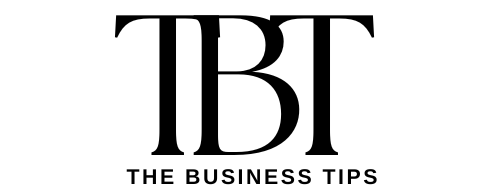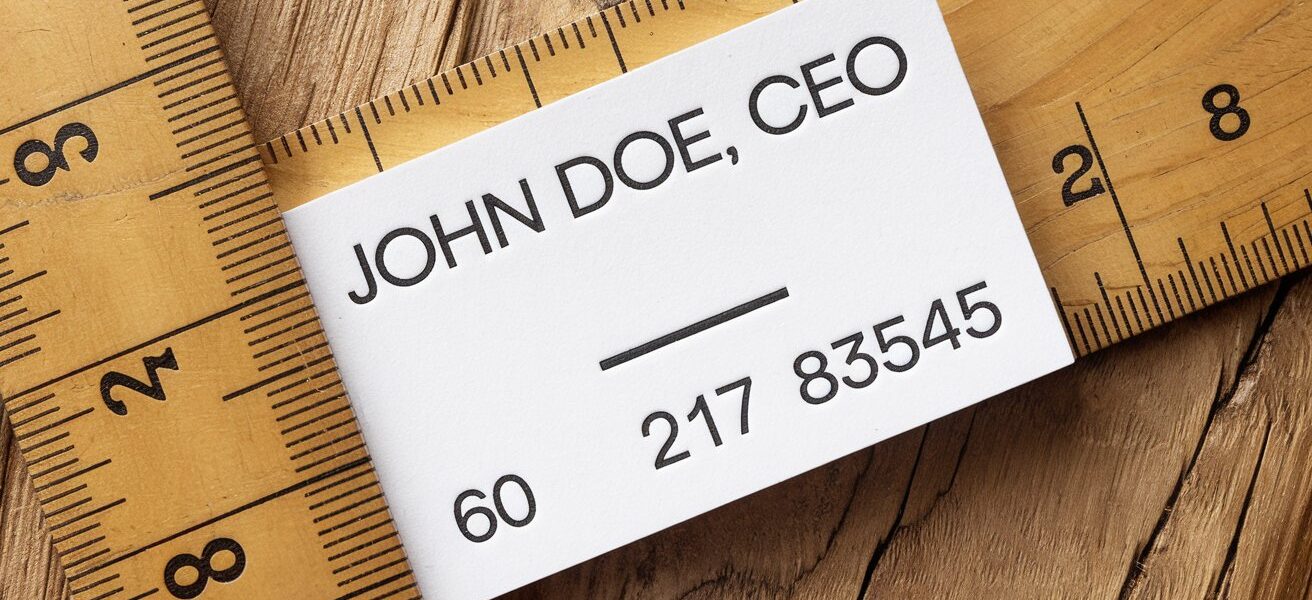Business cards are not merely a piece of paper and they act as a tool used in businessmen’s greetings or introductions, image, identity, and communication. Of course, creating an effective business card is possible only with knowledge of the standard measurements of business cards and the peculiarities of size and positioning. In the forthcoming portion of this guide, we converse about business card dimensions worldwide, the vices and virtues of the design, and pieces of advice to help you create a memorable business card.
What Are Standard Business Card Measurements?
Measures that are usually considered when designing a business card cover the region it belongs to, the type of printing that will be used to make the card and the type of culture in the area. Nevertheless, the regular sizes provide uniformity, which directs them into cardholders, wallets, business card holders or book type organizers seamlessly. The following are the most commonly applied dimensions modern worldwide.
-
US. and Canada Standard Business Card Measurements
Size: 3.5 inches x 2 inches or (89 mm x 51 mm).
In case of mini lamps applied in the USA and Canada the most preferred size is 3.5 x 2 inches. Being small it can contain basic information only but at the same time it has a convenient size to be placed in the wallet or card holder.
-
This European standard business card measurements are;
Size: 85 mm x 55 mm (3.35 inch x 2.17 inches)
Business cards of some foreign countries US size is somewhat larger, for example, the UK, Germany, slightly wider and higher. This measurement is also nearly the size of an average credit card; thus, consumers can readily find a place to store it.
-
Measuring of Asian Business Cards
- Japan: 91 mm x 55 mm (3.58 inch x 2.17 inches)
- China: Thickness: 90 mm width: 54 mm or (3.54 inches x 2.12 inches).
Thus, business cards in Asia are, in general, a little bit bigger than standard business cards used in the West. Business cards for example in Japan they are part of the culture and if used in a formal business encounter then its measurements as well as design are essential.
Why Are Business Card Measurements Important?
-
Compatibility with Holders and Wallets
The use of standard measurements makes your card to fit correctly into wallets, cardholders, or even a Rolodex organizer. The card may also be misplaced or discarded due to its improper fit since non-standard sizes have this problem.
-
Maintaining Professionalism
A card that lives up standard measurement reflects professionalism. If a card is too big, or if its shape is unusual, it may appear as though you are not a serious company and the card holder may have no place to keep it.
-
Printing and Cost Efficiency
Business cards are usually stated at certain sizes which printers use as the general size for their equipment and templates. The use of sizes that do not conform to typical value can cause an addition in cost of printing, a change in setting and additional time for the production and completion of the prints.
Design Considerations for Business Card Measurements
When it comes to design and production of business cards, color selection is never limited to size alone. The following are some of the design factors that one needs to consider whenever they are designing to meet specific business card measurements.
-
Bleed and Trim Areas
- Bleed: Having an additional 1/8 inch (3mm) margin outside the ink line guarantees design cuts the whole way to the perimeter.
- Trim: This is the final size after the card has been cut usually to create deferred access storage cards as shown below. For instance, the usual sizes of a U.S; business cards will be 3.5 x 2 inches as they are ready for trimming.
- Safe Area: For all the text and logos ensure that they are at least 1/8 inch from the trim edge in order for them not to be trimmed off during printing.
-
Orientation: Landscape vs. Portrait
Traditional business cards are always printed in landscape format, but there is a trend toward portrait format among creative professionals. However, any orientation of the cards must keep to standard business card sizes so that they will slot into appropriate cardholders.
-
Thickness and Paper Weight
Similar to paper weight in general business papers, the business cards stock weight contributes to the cards density and texture. Standard weights include:
- 14 pt (slimmer stock most preferred for dispersion to the general market)
- 16 pt (this makes it thicker and more premium looking from the paper used)
- 32pt card stock (commonly used for premium luxury brand applications.)
Creative Variations on Standard Business Card Measurements
Even though individuals often play it more safe and use standard measurements, there are quite many industries that work with calibrations of their sizes in a non-conformist manner, which is quite expected in creative occupation. Here are some creative variations and the advantages and the disadvantages of each.
-
Square Business Cards
Size: 2.5 inches x 2.5 inches – reel size 64 mm x 64 mm
The use of square business cards makes them stylish as well as trendy. However, they may not fit into standard cardholders, and therefore one may easily throw them away or misplace them.
-
Folded Business Cards
Size: 3.5 inches breadth x 4 inches height (folded to the size of 3.5 inches breadth x 2 inches height).
These cards are additional space for information and are perfect for containing two brochures at a time. But the extra amounts could raise the price of printing out and storing others as well.
-
Mini Business Cards
Size: 3 inches x 25 mm x 76 mm
Mini business cards are elegant and stylish, but they can be impractical because of the lack of space for writing and graphic images and pictures.
Practical Tips for Designing Business Cards
-
Keep It Simple and Focused
That is why your business card must convey important information as soon as possible. Include only essential details such as:
- Name
- Job Title
- Company Name
- Phone number/ email addresses/ Website address
Trying to include a lot of text will ultimately lead to the text being very small and cramped on the card.
-
Use High-Quality Materials
An essential part of your business card is its ability to be thick or thin, as well as have a certain texture. That’s why if you are going for the networking event, important business meeting, use nothing but the best of the paper stocks available.
-
Incorporate Branding Elements
Your business card is as much a representation of the personality of your company as is the people who work for it. Always remain consistent with the color schemes, type of fonts, and color logo of your brand.
Common Mistakes to Avoid When Using Business Card Measurements
-
Ignoring Bleed and Safe Areas
When not considering bleed and safe areas, certain elements in a design project may be initially chopped off when being printed. Remember to always read over the rules of the printer to make sure that the design has enough room.
-
It is very easy to flood the Card with information and this is discouraged.
If the card is cluttered, the receiver is likely to be confused or even cranky with the sender of the card. Keep it simple and use only 1 or 2 ways of how to get in touch with you. You can also use a QR code to connect the reader more information on the Internet.
-
Selecting Out of Ordinary Sizes with no Reason
There is nothing wrong with getting creative with card sizes, but it might not be convenient. If you opt for any non-standards size make sure it fits your branding and it is justified.
Conclusion
The choice of the business card measurements is highly important if you want to have a quality and usable card with good looks that would represent your company. In particular, the US format used for CD cases is 3.5 x 2 inches while Europeans and Asians use other measurements that almost feel a bit off. In any case, depending on the chosen dimensions, one has to take into consideration the such matters as bleed, position, as well as the quality of the material for creating an impressive outlook.
Small and legible, handily storable, and attractive in appearance: kept simple, the choice between standard or creative designs will provide the best impact, carrying the details of your business. When designing your business cards simply adhere to the established business card ush and the pitfalls mentioned do not have to recur.





